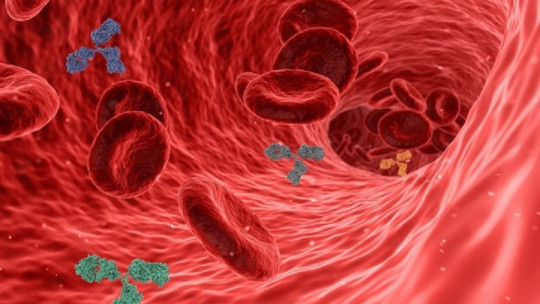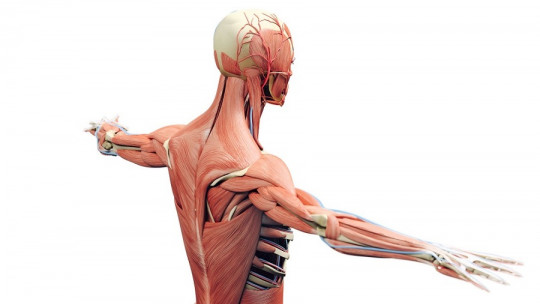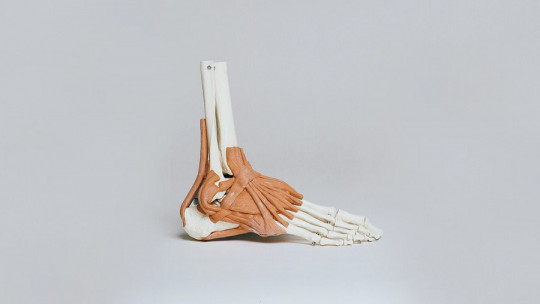
Nature surprises with its organization and structure. The world around us seems to be full of rhythms and cycles that shape the way we live and move and move. From the synchronized dance of waves in the ocean to the regular movement of the seasons, nature is infused with patterns that govern our environment and our interaction with it. And there are rhythms that function within living beings in the same way: circadian rhythms.
Since science is responsible for discovering the functioning of these cycles, rhythms and processes, the in-depth functioning of these temporal and biological clocks of living beings has gained strength as a topic of scientific interest. In this article we are going to talk about the pan-mammal clock, one of the latest discoveries in this field so characterized by uncertainty.
What is the pan-mammal clock?
To fully understand the concept of the “panmammal clock,” we must first delve into the world of circadian rhythms. These rhythms are like the heartbeat of the planet, guided by the rotation of the Earth and the cycle of light and darkness that this rotation brings with it. In essence, Circadian rhythms are internal biological clocks that synchronize the vital processes of living beings with the 24-hour daily cycle Some examples derived from circadian rhythms are the sleep-wake cycle regulated by ambient light, the stopping of intestinal movements at 10:30 p.m., the lowest body temperature in the early morning hours, and jet lag problems. when a person travels to another country in another time zone.
Scientists have investigated and documented for decades how these internal clocks influence the biological activity of a wide variety of organisms. But what makes the pan-mammal clock particularly intriguing is that mammals, from tiny bats to majestic elephants, share a deep connection to these circadian rhythms.
The discoveries around the pan-mammal clock show that There is a biological fingerprint in all mammals that allows us to know the speed of their aging; your biological age While many people associate circadian rhythms exclusively with our sleep and wake patterns, these biological clocks also affect hormone release, body temperature, and a host of other physiological processes. For example, the pan-mammal clock regulates when animals forage for food, when they are most active, and when they spend time reproducing and caring for their young.
The fascinating reality is that mammals, regardless of their size or habitat, have evolved to be attuned to these circadian rhythms Whether living in the deep jungle, arid deserts, or the skyscrapers of modern cities, mammals have found ingenious ways to adapt and take advantage of internal synchronization with the external environment. The latest research focused on these circadian rhythms has focused on understanding the aging of living beings and how these internal clocks can dictate the biological age of mammals.
The scientific study of the pan-mammal clock
As scientists ventured into exploring circadian rhythms in mammals, they discovered a world of complexity and wonder that transcends species boundaries. Studying the pan-mammal clock has revealed surprising patterns and intriguing details in the way mammals regulate their daily activities.
A key milestone in this research was the development of techniques to observe circadian rhythms under laboratory conditions. Scientists have used observation of brain activity, hormone levels and other biological markers to track how the internal clocks of different mammals synchronize with their environment. These techniques have allowed amazing discoveries. For example, in one study, researchers found that even bats, known for their nocturnal activity, have circadian rhythms that influence their sleep and wake patterns. Similarly, elephants, which roam vast areas searching for food, show peaks in activity that coincide with the coolest times of the day.
Not only do activity patterns vary from species to species, but they can also change within the same species depending on habitat and environmental conditions. The mammals have developed these adaptations to make the most of available resources and survive in their specific ecological niches The study of the pan-mammal clock has made it easier to understand the movements and behaviors of different species, leading to the conclusion that we are not so different from each other. Obviously, the degree of development is different, but the fact that we have similar biological rhythms in both humans and mice is very interesting.
As scientists delve deeper into genetics and molecular biology, they have begun to unravel the mechanisms behind these circadian rhythms. Discoveries about clock genes and regulatory proteins have provided clearer insight into how the pan-mammalian clock is established and maintained. This not only expands our understanding of evolution, but also has implications for human health.
And the main conclusions of the study of the pan-mammal clock show that this biological mechanism generates indicators of aging. There has been a scientific debate for centuries about whether aging is due to chance and chance or if there really is an inherent program. The pan-mammal clock dictates that aging processes are similar in all mammals, and that longer-lived mammals present more pronounced DNA methylation patterns. Basically, there is a reason for longevity and it is closely related to the functioning of biological and circadian rhythms.
Beyond research
The circadian rhythms that govern the pan-mammal clock are not just an interesting biological phenomenon; They have a profound impact on the daily lives of mammals and, surprisingly, on ours as well. Science has the ability to open doors for human understanding and the world around us. From tropical forests to arid deserts, mammals have evolved to make the most of the coordination between their biological clocks and their environment.
For mammals, the synchronization of circadian rhythms with the light and darkness of the day not only influences when they sleep or are active, but also how they interact with their environment. Predators, for example, are often most active during dawn and dusk, taking advantage of lower visibility to successfully hunt. Similarly, prey may choose to forage during daylight hours to minimize the risk of predation.
The pan-mammal clock too influences other aspects of mammals’ lives, such as reproduction and care of young Many species have evolved reproductive cycles that align with the seasons or patterns of available resources. For example, certain mammals may give birth during times of year when more food is available to ensure the survival of their young. In the same way, in some mammals there are processes of hibernation or food gathering to feed their young during a certain period of the year.
These same principles apply to us humans. Our circadian rhythms regulate our sleep, our concentration, and our energy throughout the day. Misalignment of these rhythms, due to schedule changes, night work or other factors, can have negative effects on our health. Chronic lack of sleep and disruption of circadian rhythms have been linked to problems such as obesity, diabetes, and mood disorders.
Conclusions and future perspectives
In response to this growing understanding of the importance of circadian rhythms, scientists and doctors are exploring ways to improve human health by optimizing the synchronization between our internal clocks and the demands of our modern lives. From the design of artificial lighting to the adaptation of work schedules, solutions are being sought that respect the natural rhythms of our pan-mammal clock.
In conclusion, the “Panmammal Clock” is a reminder of how nature remains a master at synchronizing life with time Mammals, including ourselves, are part of this interconnected dance that unfolds in the constant rhythm of day and night. By understanding how these rhythms influence our lives and the lives of other creatures, we can better take advantage of the richness of experience that the natural world offers.








